| Borthwick Home | Great Hall | Mary's Bedroom | State Room & Chapel |
Mary, Queen of Scots Home Page
Borthwick Castle
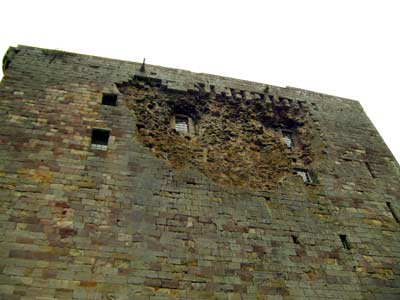 |
|
| Borthwick Castle lies on the edge of the Scottish Borders, some 20 miles from Edinburgh and has been run as Borthwick Castle Hotel since 1973, when Helen Bailey persuaded the owner to let her take a lease over it, and transform the neglected ruins into this fabulous venue. Her book, "My Love Affair with Borthwick Castle" is a fascinating read on the trials and tribulations this passionate lady went through in order to make her dream come true. I for one, am very grateful to her as it is thanks to her efforts that I spent one of the most wonderful birthdays of my life, having the privilege to sleep in Mary's own room!
Click here to see a reconstruction of the castle. |
|
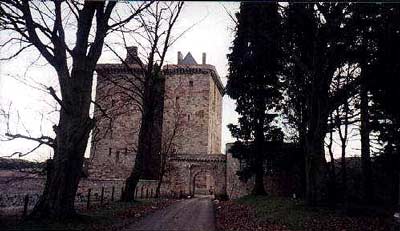 |
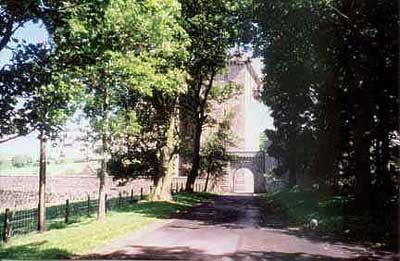 |
| The Castle was built by Sir William Borthwick in 1430, who was granted a charter by James I (Mary, Queen of Scots' great-great-great-grand-father) as a token of gratitude for having helped him out of his 8-year imprisonment in England. Mary visited the castle in 1563 during a progress and again after her marriage to Bothwell in 1567. Like so many architectural masterpieces, Borthwick Castle suffered under Cromwell's cannons in 1650. A large cavity in the stonework of the east parapet bears witness to those times (see picture at the top of the page). Lord Borthwick, his wife and child were allowed to escape unscathed though, as well as being able to carry off their moveable goods. The letter which Cromwell wrote to Lord Borthwick hangs in the Great Hall. | |
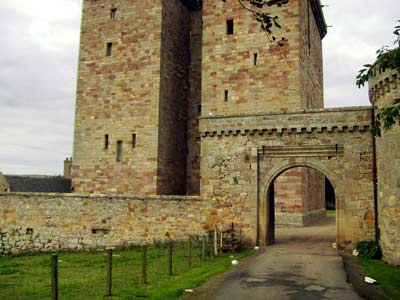 |
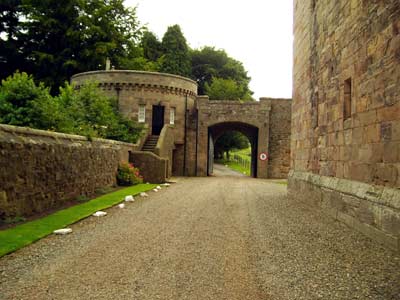 |
| But getting back to Bothwell and Mary...The nobles who had been coerced to put their names to the Ainslie Bond, in support of Bothwell's marriage to Mary, rapidly changed their minds when they saw Bothwell in such a powerful position. On 1st May 1547, they signed another bond whose aims were the liberation of the Queen, securing Prince James and bringing the dictatorship of Bothwell to an end. The ringleaders included Morton, Argyll and Atholl who had signed the Ainslie Bond. By early June, they were ready to fight him with a formidable army, including Maitland who deserted Mary's cause even though he had previously encouraged her to marry Bothwell. The newly-wed couple headed for Borthwick Castle where they hoped to muster their own forces. By 10th June though, Borthwick was already surrounded and Bothwell slipped out unnoticed. Mary managed to escape through a narrow window (next page) disguised as a man, and rode off to meet Bothwell at Black Castle, stronghold of the Wauchopes, Bothwell's henchmen, at Cakemuir. From there, Mary and Bothwell went to Dunbar to muster an army which confronted the nobles at Carberry Hill on 15 June 1567, resulting in Mary being imprisoned at Lochleven Castle. | |
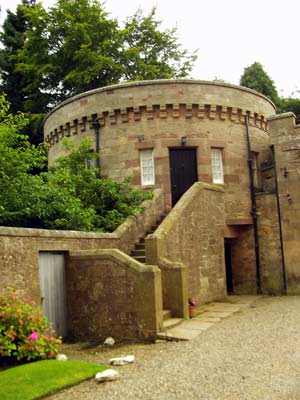 |
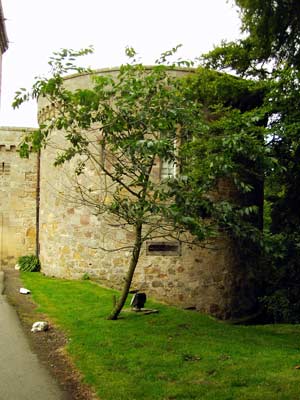 |
Click HERE to continue the visit...